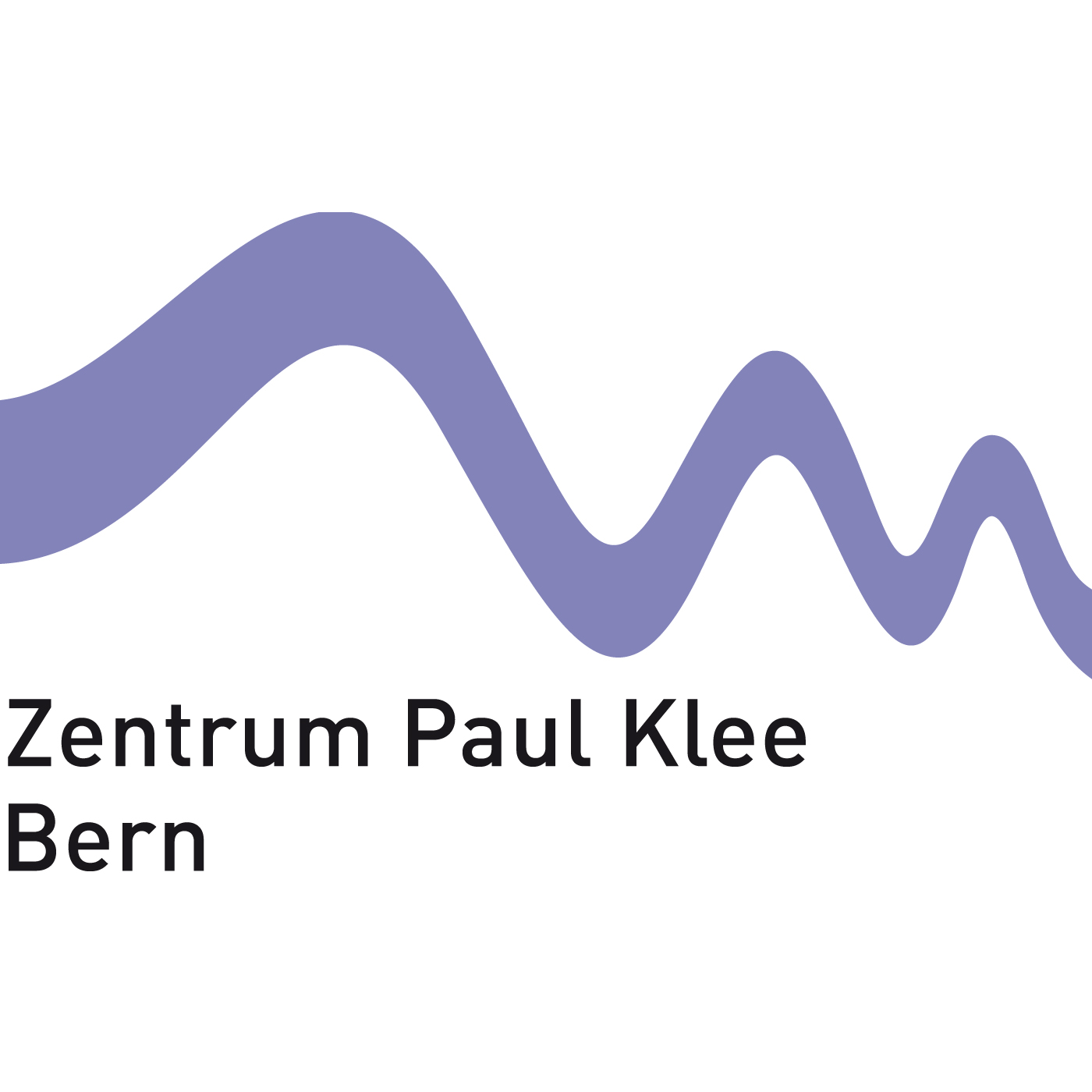Paul Klee - Cosmic Flora, 1923
Description
Depictions of nature appear in Paul Klee’s work from his earliest drawings in the sketchbooks of his youth to the last year of his life. Nature, growth and plants in general are a core theme in Klee’s thought and artistic work. In his 1925 essay «Ways of Studying Nature» Klee sums up his thoughts about nature: «For the artist, dialogue with nature remains an indispensable condition. The artist is a man, himself nature and part of nature in natural space.» Accordingly, for Klee, engagement with nature is a foundation of all artistic creation. Nature and its phenomena are not only elementary as subjects in Klee’s work, but go much deeper into his artistic thought. Nature or parts of nature, as well as its growth and structuring, serve as models for his compositions. Just as a seed becomes first a stem, then leaves and a flower, so the movement of a point becomes a line and finally a form. In his essay Klee writes: «The object grows beyond its appearance through our knowledge of its inner being, through the knowledge that the thing is more than its outward aspect suggests.» According to Klee the inside of an object defines its outward form.Essential thoughts of this kind flow into Klee’s work. Here in Cosmic flora from 1923, however, he is varying the theme freely, openly and in a many-faceted way. He paints a kind of garden with different flower-beds which have been overgrown in the lower part of the picture with curious plants. They look like carnivorous plants, and are entirely reduced to stem and flower. The upper part of the watercolour is even more abstract. Geometrical forms and signs predominate here, and only a few plants are discernible. The plants are «botanical actors» on a garden stage. Klee has made the picture with various different kinds of cross-hatching, in elaborately detailed close work.As he notes on the cardboard, Klee gave this work to his wife in October 1928, and at the same time assigned it to the special class.
More Episodes
At the time around 1919, after his experiences in the 1st World War and his first successes in the art market, Paul Klee took up the theme of personal awareness and self-reflection in numerous self-portraits. The best known of these is the pencil drawing «Absorbtion». Klee’s theme here was less...
Published 03/17/17
You would not want to meet Paul Klee’s "hungry girl" from 1939 in a dark alley at night. It shows a girl as a tooth-baring beast with glaring eyes. Nothing remains of a human being, let alone a sweet little girl. Its whole appearance is animal-like, even down to the little lines that Klee uses...
Published 03/17/17
The doll with purple ribbons appears strange. The androgynous mixed being seems to float in space as though directed by an invisible hand. For the first time in Klees work a humanlike figure is shown as a marionette, a motive which in his later work gained great importance. The doll behaves...
Published 03/17/17


